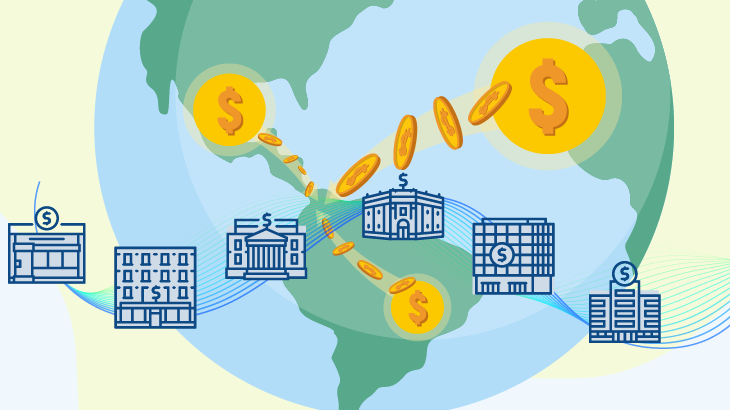Borradores de Economia
Number:
1309
Published:
Classification JEL:
F3
Keywords:
Capital flows (11813), foreign investment (15013), Investor classification (25008), J.P. Morgan GBI-EM index (25009), Emerging Markets (11283)

The most recent
Juan Esteban Carranza-Romero, Alejandra González-Ramírez, Mauricio Villamizar-Villegas
Hernán Rincón-Castro, Steven Zapata-Álvarez
Abstract
We examine the impact of foreign investor heterogeneity on local lending, focusing on Colombia from 2014 to 2023. Distinguishing between benchmark-driven and unconstrained investors, we highlight their differing responses to global and idiosyncratic shocks. Using bond-level data and the corporate credit registry, we link banks’ exposure to foreign flows with firm-level lending decisions. By decomposing Colombia’s weight in the J.P. Morgan GBI-EM index into valuation and exogenous components, we identify how investor behavior shapes bank balance sheets. Our main findings show that banks with greater exposure to unconstrained investors significantly expand lending during capital inflows, whereas those linked to benchmark-driven investors exhibit a more muted response. These results emphasize the role of investor composition in financial stability and provide key insights for policymakers in emerging markets.
It is evident that banks with high exposure to passive investors show greater sensitivity to global factors and tend to adjust their balances more when approaching regulatory limits on foreign exposure.


